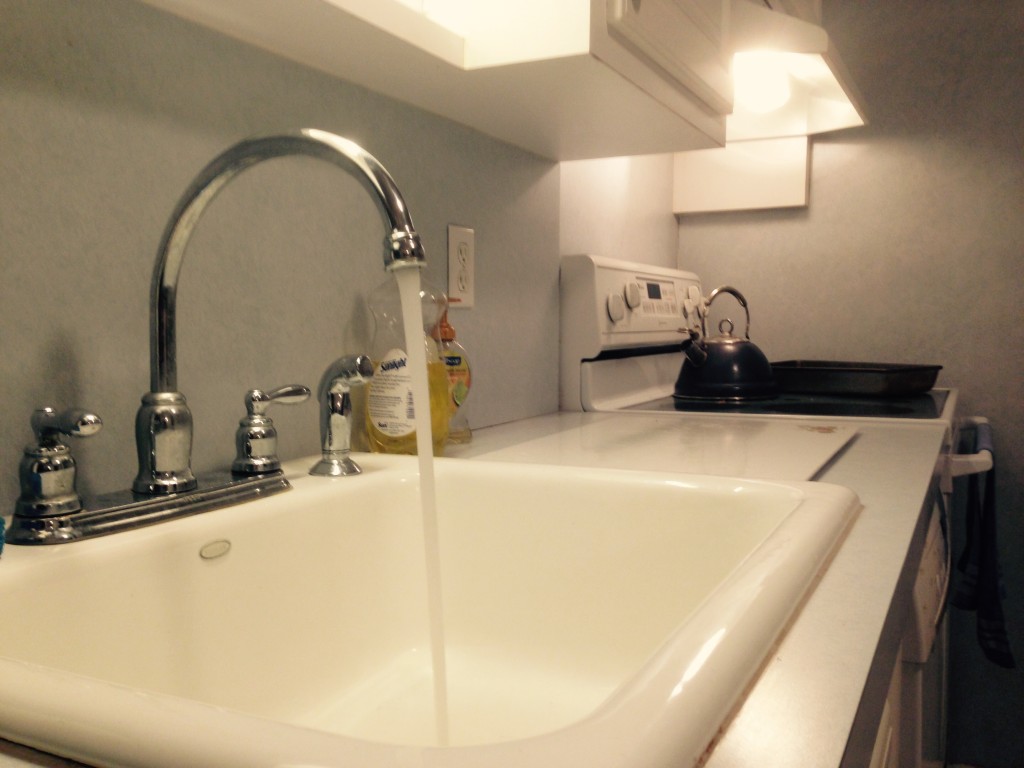An investigation into state data on elevated lead levels in the blood of children has found that about 0.6 percent of Brick youngsters have a potentially toxic level of lead in their systems.
The investigation, conducted by public policy website NJ Spotlight, shines light on county-by-county and town data that shows every county in the state have children affected by lead. By percentage, Brick’s lead levels were far below those the investigation revealed to be present in children from some other counties. In Salem County, 11.5 percent of children tested had lead-blood levels of at least 5 micrograms, considered dangerous, and Essex County had 3.5 percent of children affected.
Specifically, in Brick, 4,588 children under age six, or 15 percent of the population in that age range, were tested for lead levels. Four of those children, or 0.6 percent, had an elevated level. Of the township’s youngest children, those between 6 and 26 months in age, 0.5 percent tested positive for elevated lead levels. In that group, 1,531, or 25.7 percent, were tested.
|
|
No children in Brick were fund to have “very high” lead levels, defined as over 45 micrograms per deciliter of blood.
According to the Centers for Disease Control and Prevention, elevated led levels in children can cause learning and behavioral deficits, and can have effects on every body system. Lead poisoning is particularly harmful to the developing brain and nervous system of fetuses and young children.
The state health department tests children in every county, and in the 67 largest municipalities in New Jersey, which includes Brick, the NJ Spotlight report said. A bill is pending in the state legislature that would require municipalities to conduct inspections for the presence of lead paint in single and two-family dwellings, the report said.
In 2014, the Brick Township Municipal Utilities Authority put out a warning to residents that testing in the summer of that year showed some homes built between 1982 and 1987 had copper pipes that were connected with solder that contained lead. Of the 34 homes in Brick tested under the DEP rule in the summer of 2014, 16 showed lead concentrations above the “action level” of 15 parts per billion. The water being supplied by the MUA met state standards for lead levels – the elevated lead levels were found to be originating from the homes’ pipes.
In January 2015, Shorebeat published an investigative report which revealed the MUA approved a switch in an anti-corrosive additive in 2011 that replaced one additive, alum, to the coagulant aluminum chlorohydrate, known as ACH. A year later, the use of ACH had reduced the BTMUA’s treatment costs by 20 percent, with the agency having eliminated the use of carbon dioxide in its water treatment.
In the same story, former BTMUA Executive Director James Lacey announced the switch back to alum. The switch began in February 2015 and, in November 2015, it was announced that the agency resampled 17 homes and found, on average, a 65 percent reduction in lead concentrations.











